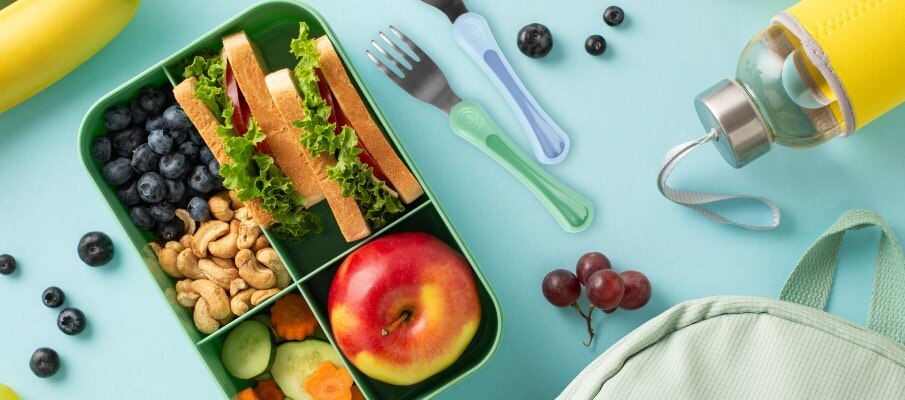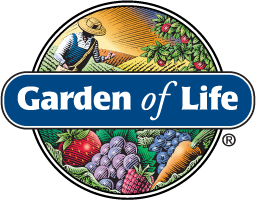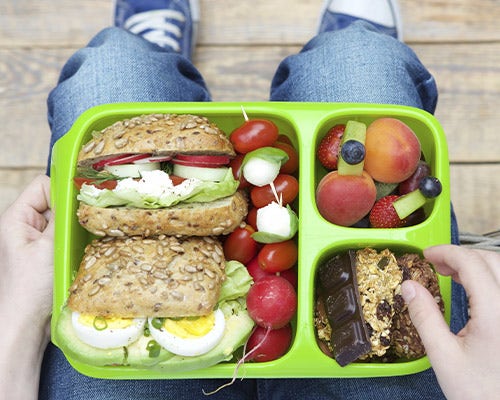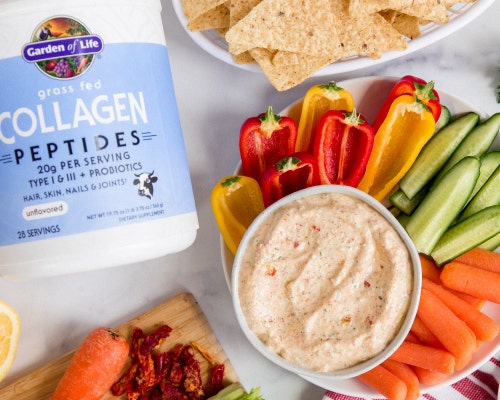How an RD Builds a Balanced Lunch Box
- 8/5/24


Ever wondered how to pack a lunch box that's both delicious and nutritious? As a registered dietitian, I’ve got you covered! In this article, I’m sharing tips, creative ideas, and easy-to-follow strategies for packing lunches that are not only delicious but also provide essential nutrients to fuel your body and mind.
Whether it's for school, work, or on-the-go, I’ll show you how to balance taste, variety, and nutrition, ensuring every bite supports your health and keeps you feeling energized throughout the day.
Foundation of Balance
The key to a balanced lunch box is to include a mix of protein, carbohydrates, healthy fats, fruits, and vegetables. Each of these components provides a range of nutrients that play an important role in keeping your body fueled and your mind sharp.
Protein Power
Protein is needed for sustaining energy and keeping you feeling full and satisfied. When packing your lunch box, consider including protein-rich foods like grilled chicken, turkey slices, hard-boiled eggs, tofu, nuts, Greek yogurt, or legumes like chickpeas and lentils.
If you’re short on time, including Garden of Life's Vanilla Meal Replacement Powder in your lunch box is a simple and convenient way to ensure you're getting a high-quality source of protein on the go. This meal replacement shake not only provides a boost of protein but also includes 18 vitamins, minerals, healthy fat, fiber, and probiotics to keep you feeling great throughout the day.
Smart Carbohydrates
Carbohydrates are an important part of a balanced diet. The key is to choose complex carbohydrates that provide sustained energy and support brain function.
Whole grains like brown rice, quinoa, and whole-wheat bread or wraps are great options. They release energy slowly, keeping you energized longer and helping you avoid the dreaded afternoon slump.
Healthy Fats
Including healthy fats in your lunch box is important for brain health and to support nutrient absorption. Unsaturated fats, like those found in avocados, flaxseeds, coconut oil, and olive oil are excellent choices.
Not only do they support cognitive function, but they also help your body absorb fat-soluble vitamins like A, D, E, and K. Adding a handful of almonds, a spoonful of flaxseeds, or a few slices of avocado can make your lunch both nutritious and satisfying.
Colorful Fruits and Vegetables
No lunch box is complete without a variety of colorful fruits and vegetables. These not only make your meal more appealing but they’re also loaded with essential vitamins, minerals, and antioxidants.
Try to include a rainbow of options like carrot sticks, cherry tomatoes, bell pepper slices, spinach, blueberries, and apple slices. These foods help boost your immune system, improve digestion, and provide a natural source of energy.
Incorporating Garden of Life's Perfect Food Green Superfood Powder into your lunch box is a hassle-free way to increase your intake of plant based foods.
Our greens powder is packed with 40 nutrient-dense, raw, organically grown greens, sprouts, and vegetable juices for a convenient and efficient way to boost your daily intake of essential nutrients.
Takeaway
Building a balanced lunch box is all about variety and making sure you cover all the nutritional bases. By including protein, carbohydrates, healthy fats, and plenty of colorful fruits and vegetables, you can create a lunch that is both delicious and nourishing. So next time you’re packing lunch, remember these tips and enjoy the benefits of a well-rounded, nutritious meal.
References:
- P NPV, Joye IJ. Dietary Fibre from Whole Grains and Their Benefits on Metabolic Health. Nutrients. 2020 Oct 5;12(10):3045. doi: 10.3390/nu12103045. PMID: 33027944; PMCID: PMC7599874.
- Chianese R, Coccurello R, Viggiano A, Scafuro M, Fiore M, Coppola G, Operto FF, Fasano S, Laye S, Pierantoni R, Meccariello R. Impact of Dietary Fats on Brain Functions. Curr Neuropharmacol. 2018;16(7):1059-1085. doi: 10.2174/1570159X15666171017102547. PMID: 29046155; PMCID: PMC6120115.
- Liu RH. Health benefits of fruit and vegetables are from additive and synergistic combinations of phytochemicals. Am J Clin Nutr. 2003 Sep;78(3 Suppl):517S-520S. doi: 10.1093/ajcn/78.3.517S. PMID: 12936943.





